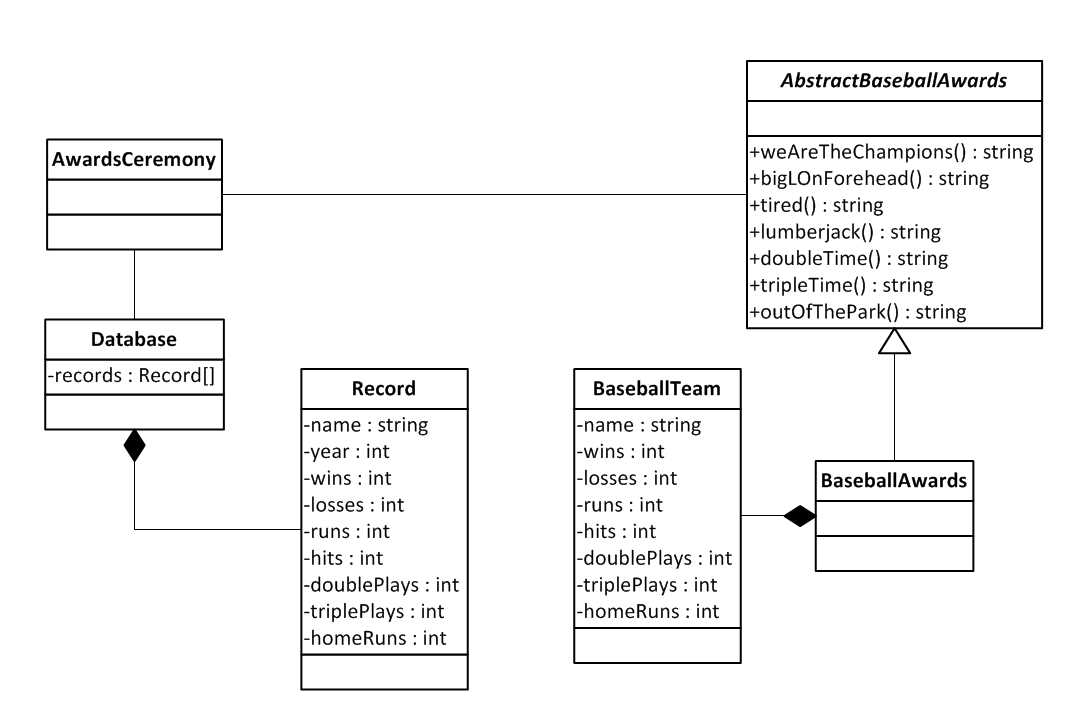
UML, or Unified Modeling Language, is a popular visual modeling language used in software engineering to design and model software systems. UML diagrams are graphical representations of these systems, using a standardized set of symbols and notations to represent various aspects of the system, such as its structure, behavior, and interactions.
Traditionally, creating UML diagrams required special software tools installed on a local machine. However, with the advent of web-based technology, it is now possible to create UML diagrams online. Online UML tools offer the convenience of accessibility from anywhere with an internet connection, as well as collaboration features that allow multiple users to work on a diagram simultaneously.
Online UML diagram tools provide a wide range of diagram types, including class diagrams, activity diagrams, sequence diagrams, and more. These tools often come with a user-friendly interface and drag-and-drop functionality, making it easy for even non-technical users to create UML diagrams. They also typically offer various customization options, allowing users to customize the appearance and style of their diagrams.
What are UML diagrams and why are they important?
UML (Unified Modeling Language) diagrams are a visual representation of a system or process using standardized symbols and notation. They are widely used in software development to communicate and document the design and structure of a software system. UML diagrams provide a clear and concise way to depict the various components, relationships, and behaviors of a system, making it easier for developers, stakeholders, and designers to understand and communicate about the system.
One of the key benefits of using UML diagrams is that they help to eliminate ambiguity and improve the clarity of communication. By using standardized symbols and notation, UML diagrams provide a common language that can be easily understood by all parties involved in the software development process. This helps to minimize misunderstandings and ensures that everyone has a shared understanding of the system being developed.
UML diagrams are important because they serve as a blueprint for the software system being developed. They allow developers to visualize the structure and behavior of the system before any code is written, helping to identify potential issues or design flaws early in the development process. This can save time and resources by preventing costly rework and allowing for more efficient and effective development.
In addition, UML diagrams can also be used as a communication tool between different stakeholders, such as project managers, designers, and developers. They provide a visual representation of the system that is easy to understand, even for non-technical individuals. This facilitates effective collaboration and decision-making throughout the development process.
In summary, UML diagrams are an important tool in software development as they help to improve communication, eliminate ambiguity, and provide a blueprint for the system being developed. By using standardized symbols and notation, UML diagrams enable developers and stakeholders to have a shared understanding of the system, ultimately leading to better design, development, and decision-making.
Understanding the concept of UML diagrams
UML (Unified Modeling Language) diagrams are a visual representation of software systems, depicting the various components, relationships, and interactions within the system. They serve as a communication tool between stakeholders, developers, and designers, enabling them to understand and discuss the structure and behavior of the system.
There are several types of UML diagrams, each serving a specific purpose in software development. One of the most commonly used types is the class diagram, which represents the static structure of the system by showing the classes, their attributes, and the relationships between them. This allows developers to visualize the objects and their interactions, facilitating the design and implementation process.
Another important type of UML diagram is the use case diagram, which focuses on the system’s functionality from the perspective of its users or actors. It shows the different use cases, or possible interactions, between the users and the system, helping to identify and prioritize system requirements. Use case diagrams are particularly useful in the early stages of system development, as they provide a clear overview of the system’s behavior and functionality.
In addition to class and use case diagrams, there are several other UML diagrams that can be used to model different aspects of a software system. These include activity diagrams, sequence diagrams, state machine diagrams, and deployment diagrams, among others.
Overall, UML diagrams are an essential tool in software development, allowing developers and stakeholders to visually represent and analyze complex systems. They help in capturing requirements, designing system architecture, and communicating ideas among team members. By providing a standardized and visual representation of the system, UML diagrams contribute to better understanding and collaboration throughout the development process.
Benefits of using UML diagrams in software development
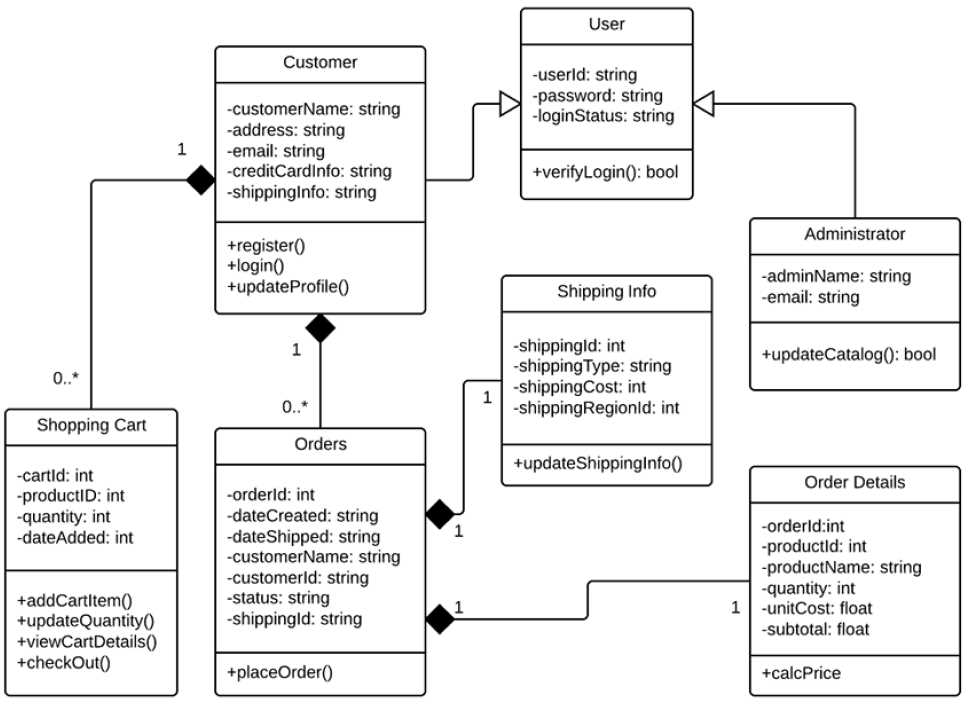
UML (Unified Modeling Language) diagrams are a powerful tool in software development that offer many benefits. They provide a visual representation of the system being developed, making it easier for developers, stakeholders, and users to understand and communicate about the software. UML diagrams help to visualize the structure, behavior, and relationships of different components within a system.
Improved communication: UML diagrams serve as a common language for developers, stakeholders, and users to discuss and understand the software requirements, design, and implementation. They allow different parties to visualize the system from various perspectives, enabling effective communication and collaboration throughout the software development process
Efficient problem-solving: UML diagrams help identify potential problems and design flaws at an early stage. By visually representing the system components and their relationships, developers can better analyze and evaluate the software design and architecture. This facilitates early detection and resolution of issues, leading to more efficient problem-solving and higher-quality software.
Enhanced documentation: UML diagrams provide a visual representation of the software structure and behavior, making it easier to document and understand the system. They serve as valuable documentation artifacts that can be referenced by developers, testers, and maintainers throughout the software development lifecycle. UML diagrams help to capture and convey complex information in a concise and understandable manner.
Improved scalability and maintainability: UML diagrams enable developers to model and visualize the architecture and design of a software system. This makes it easier to understand the system’s components, their relationships, and dependencies. As a result, developers can better plan for scalability and maintainability, making it easier to modify and extend the software in the future.
Effective collaboration: UML diagrams facilitate effective collaboration among software development teams. They provide a shared understanding of the system’s structure and behavior, allowing team members to coordinate and work together more efficiently. UML diagrams also enable team members to identify potential conflicts or dependencies, leading to improved coordination and collaboration.
Overall, UML diagrams offer numerous benefits in software development by improving communication, facilitating problem-solving, enhancing documentation, enabling scalability and maintainability, and promoting effective collaboration among development teams.
UML diagrams online: Advantages and disadvantages
UML diagrams are a graphical representation of software systems and processes that help developers and stakeholders understand, analyze, and communicate complex software designs. With the advancement of technology, UML diagrams can now be created and accessed online, offering several advantages and disadvantages.
Advantages:
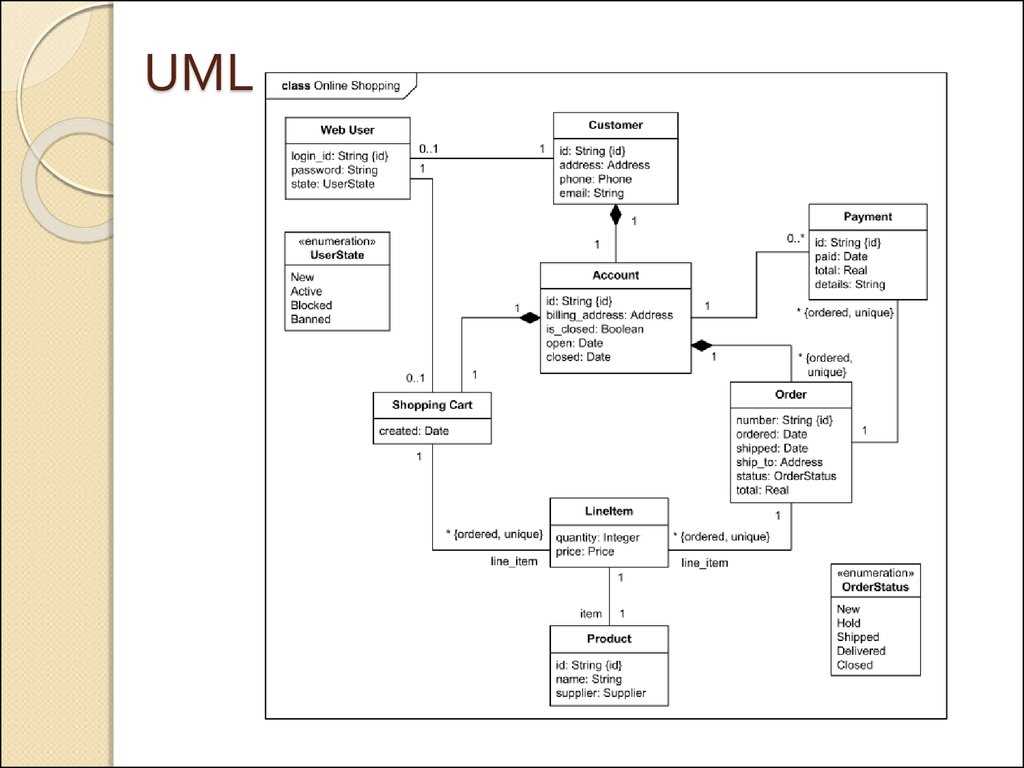
- Accessibility: One of the main advantages of UML diagrams online is their accessibility. They can be accessed from any device with an internet connection, allowing developers and stakeholders to collaborate and access the diagrams from anywhere in the world. This makes it easier to work on software projects remotely or when multiple parties are involved.
- Real-time collaboration: Online UML diagrams enable real-time collaboration, allowing multiple users to work on the same diagram simultaneously. This enhances teamwork and reduces the need for constant file sharing and version control. Changes made by one user can be immediately seen by others, facilitating effective communication and faster decision-making.
- Version control: Online UML diagram tools often provide version control features, allowing users to track changes made to the diagrams over time. This helps in managing the evolution of the software design and ensures that previous versions can be accessed and restored if needed. Version control also provides a clear audit trail, making it easier to identify who made specific changes and when.
Disadvantages:
- Dependence on internet connection: One of the main disadvantages of using UML diagrams online is the reliance on a stable internet connection. If the connection is slow or unreliable, it can hinder the seamless collaboration and real-time updates, leading to delays and frustrations. Moreover, if the internet connection is lost, users may lose access to their diagrams until the connection is restored.
- Data security concerns: Storing UML diagrams online raises potential security concerns, especially if sensitive or confidential information is included in the diagrams. Online platforms need to ensure robust security measures, such as encryption and access controls, to protect the confidentiality and integrity of the diagrams. Organizations must also assess the privacy policies and data handling practices of online UML diagram tools before using them.
- Learning curve: Using online UML diagram tools may require users to learn new interfaces and features. While many online tools provide intuitive interfaces, there can still be a learning curve for those who are not familiar with the specific tool. This can slow down the initial diagram creation process and may require training or additional support for new users.
In conclusion, online UML diagrams offer several advantages, such as accessibility, real-time collaboration, and version control. However, they also come with drawbacks, including dependence on internet connection, data security concerns, and a potential learning curve. Organizations and individuals should carefully consider these factors before deciding to use UML diagram tools online.
The convenience of creating UML diagrams online
The process of creating UML diagrams has become much more convenient with the availability of online tools. These tools provide a simple and efficient way to design and visualize complex systems, making them an indispensable resource for software developers and system architects.
One of the key benefits of creating UML diagrams online is the ease of collaboration. With traditional desktop software, sharing and collaborating on diagrams can be cumbersome. However, with online tools, multiple users can work on the same diagram simultaneously, making it easy to gather input from different stakeholders and ensuring everyone is on the same page.
Moreover, online UML diagramming tools offer a wide range of pre-defined templates and shapes, making it quick and effortless to create professional-looking diagrams. These tools often come with drag-and-drop functionality, allowing users to easily add and arrange elements on the canvas. Additionally, they usually feature an extensive library of symbols and icons, which can be easily customized to match the specific requirements of the system being modeled.
Another advantage of online UML diagramming tools is their accessibility. As they are cloud-based, users can access their diagrams from anywhere, at any time, using any device with an internet connection. This flexibility enables developers and architects to work remotely, collaborate with team members from different locations, and easily share their diagrams with clients and stakeholders.
In conclusion, the convenience offered by online UML diagramming tools makes them a valuable resource for software developers and system architects. These tools streamline the process of creating and collaborating on diagrams, provide a wide range of templates and symbols, and offer accessibility from anywhere. Utilizing these online tools can significantly improve the efficiency and effectiveness of the UML diagramming process.
Considerations when using UML diagrams online
When using UML diagrams online, there are several considerations to keep in mind to ensure the effectiveness and efficiency of the diagramming process.
Collaboration and Communication
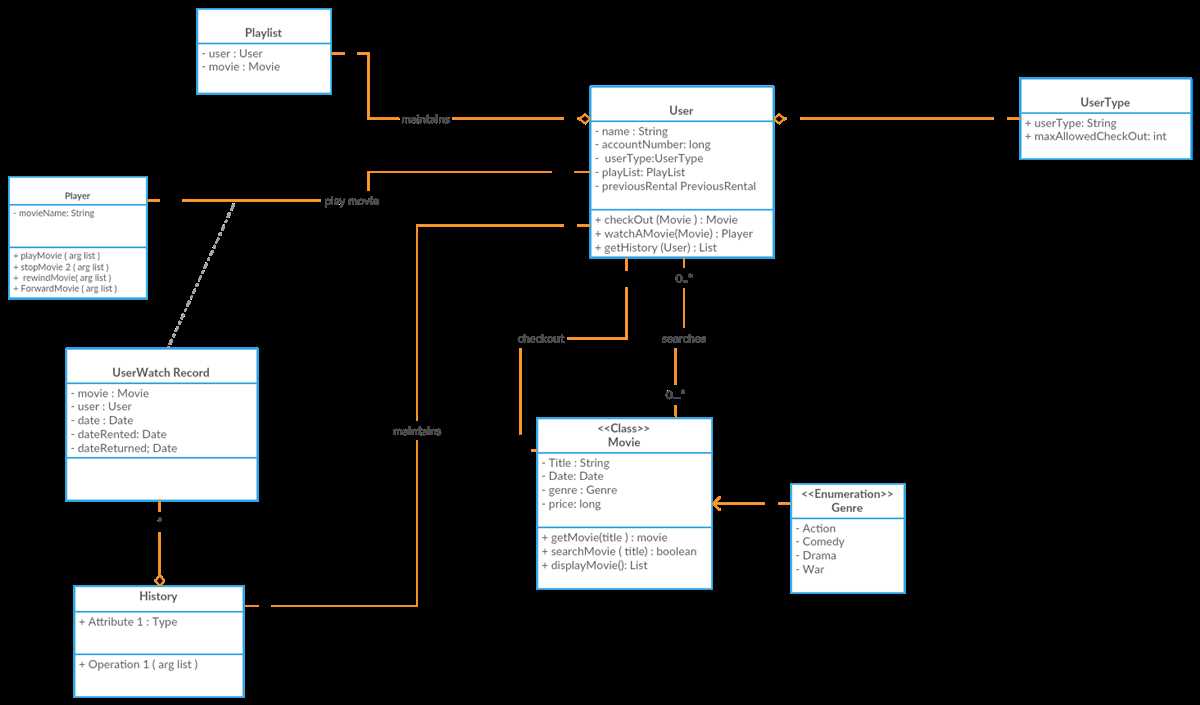
One of the key benefits of using UML diagrams online is the ability to collaborate and communicate with team members or stakeholders who may be located remotely. It is important to choose a platform or tool that supports real-time collaboration, allowing multiple users to edit and view the diagrams simultaneously. This promotes better communication, reduces misunderstandings, and helps teams work together more effectively.
Security and Privacy
When working with sensitive or confidential information, it is crucial to consider the security and privacy features provided by the online UML diagramming tool. Look for tools that offer encryption protocols, secure data storage, and user access controls to ensure that your data is protected. It is also recommended to choose a tool that complies with relevant industry standards for data security to minimize the risk of data breaches or unauthorized access.
Ease of Use and Learning Curve
It is important to select an online UML diagramming tool that is user-friendly and has a low learning curve. This ensures that team members can quickly adapt to the tool and start creating diagrams without significant training or assistance. Look for tools that provide intuitive interfaces, drag-and-drop functionality, and ample documentation or support resources to aid users in utilizing the tool effectively.
Integration and Compatibility
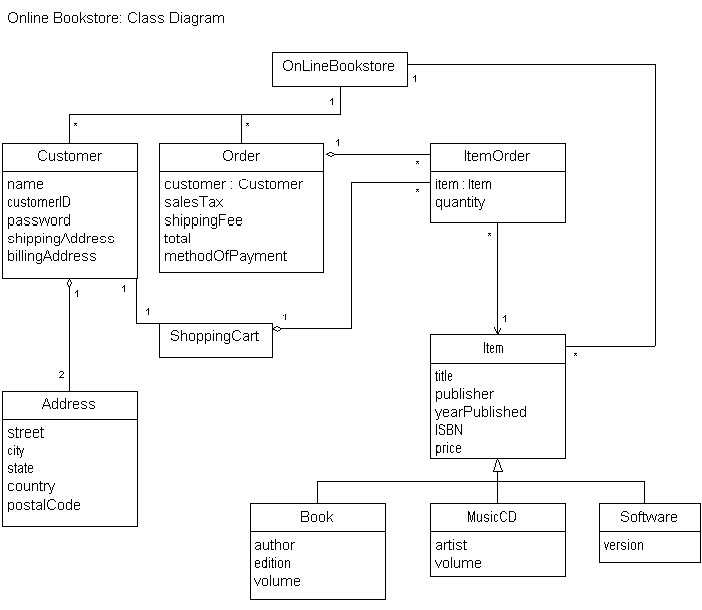
Consider the integration capabilities and compatibility of the online UML diagramming tool with other software or systems that your team may be using. Integration with project management tools, version control systems, or other collaboration platforms can streamline workflows and improve overall productivity. Additionally, compatibility with various file formats for importing and exporting diagrams can simplify the sharing and utilization of diagrams across different platforms or applications.
Cost and Licensing
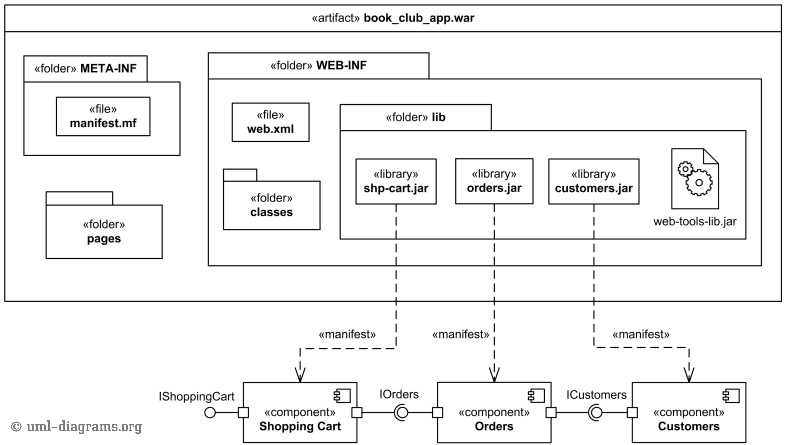
Lastly, it is essential to consider the cost and licensing structure of the online UML diagramming tool. Evaluate whether the tool offers a free version or trial period to assess its suitability for your needs. Additionally, consider any recurring or subscription fees, as well as the number of users or diagrams allowed within the pricing plans. Choosing a tool that aligns with your budget and provides the necessary features and capabilities can help maximize the value and return on investment.
By considering these factors, you can make an informed decision and select the most suitable online UML diagramming tool for your needs. A well-chosen tool can enhance collaboration, improve communication, and streamline the diagramming process, ultimately leading to more efficient software development and project management.
Q&A:
What are some advantages of using UML diagrams online?
Some advantages of using UML diagrams online include the ability to collaborate and share diagrams with team members in real-time, easy access from multiple devices and locations, and the ability to make updates and changes to diagrams without the need for physical materials.
What are some considerations to keep in mind when using UML diagrams online?
Considerations when using UML diagrams online include ensuring the security and privacy of the diagrams, as they may contain sensitive information. It is important to choose a reliable and secure online platform for creating and storing the diagrams. Additionally, internet connectivity and speed should also be considered to ensure smooth collaboration and access to the diagrams.
How can online UML diagrams help with team collaboration?
Online UML diagrams allow team members to collaborate in real-time, making it easier to share ideas, discuss and resolve issues, and work together to create and modify the diagrams. This can speed up the development process and improve overall team communication and productivity.
What are some disadvantages of using UML diagrams online?
Some disadvantages of using UML diagrams online include the potential for technical issues or limitations of the online platform, such as limited functionality compared to dedicated UML diagramming tools. There may also be a learning curve for team members who are new to using online diagramming tools.
Can online UML diagrams be accessed from mobile devices?
Yes, many online UML diagramming tools are designed to be accessible from mobile devices, either through mobile web browsers or dedicated mobile apps. This allows team members to access and work on the diagrams from anywhere, using their smartphones or tablets.
What are some considerations when using UML diagrams online?
When using UML diagrams online, it is important to consider the accessibility and collaboration aspects. Online UML tools should be accessible from different devices and platforms, allowing team members to work together regardless of their location. It is also crucial to have version control and real-time collaboration features to ensure that everyone is working on the latest version of the diagram and can make changes simultaneously. Security measures should also be taken into account to protect sensitive information.